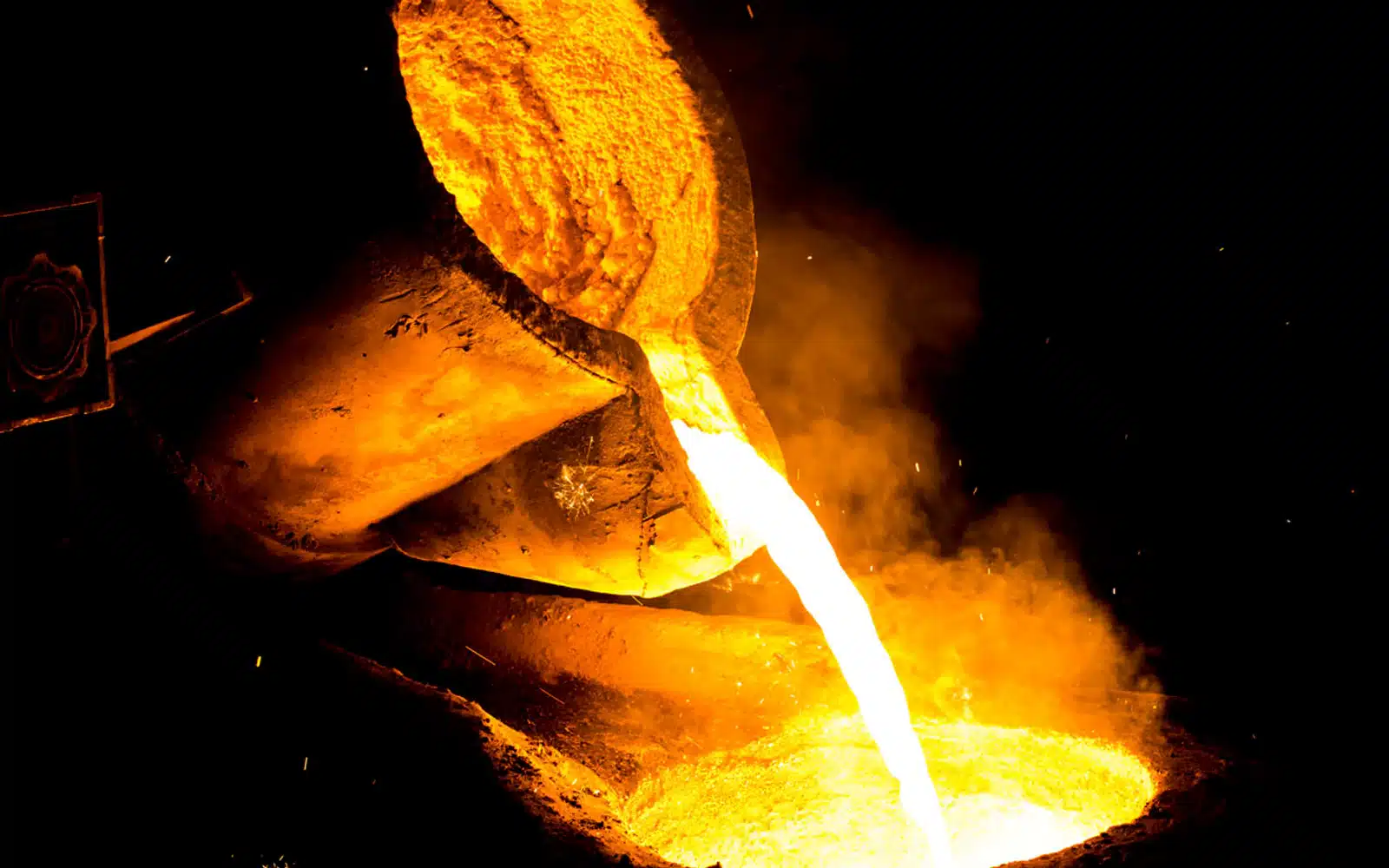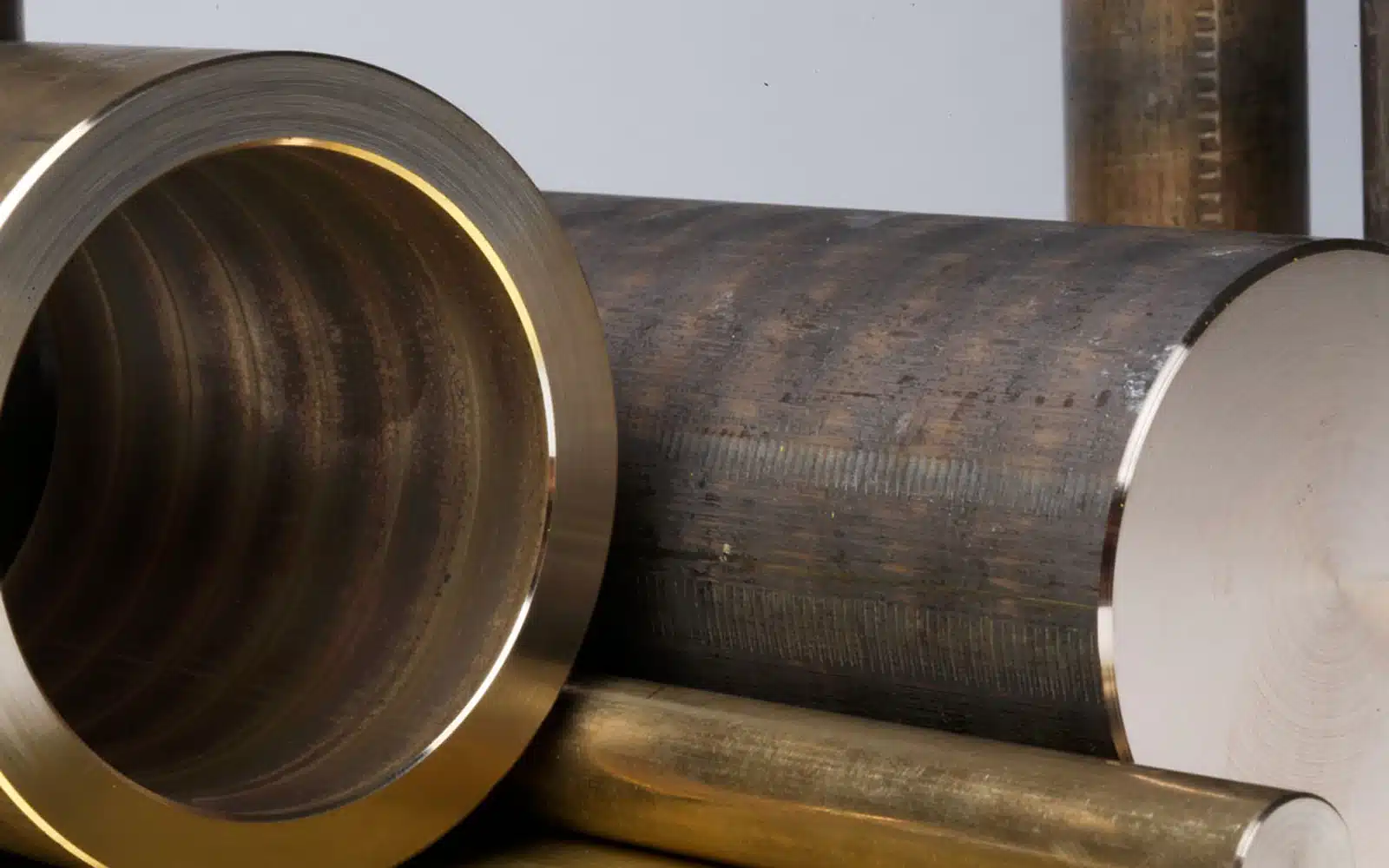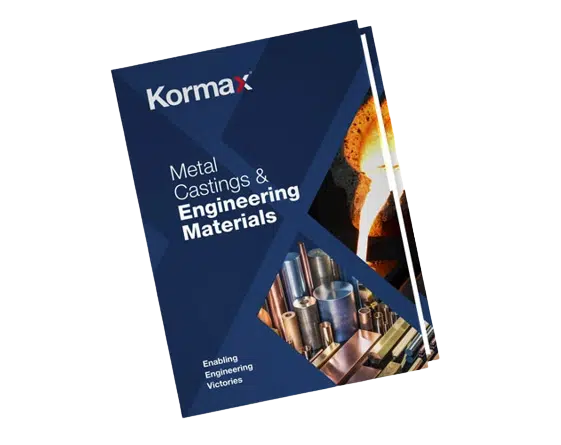Bronze
One of the earliest alloys to be made by humans, bronze has been with us for over 5,000 years and is still used in a wide variety of applications. While it’s not as strong as iron or steel, bronze possesses great corrosion resistance, lasting strength, and excellent machining properties. Bronze is famously used in the construction of sculptures, musical instruments and medals. Additionally, its low metal-on-metal friction also makes it a popular choice for machine components like bushings, bearings, and wear plates.
In this blog, we will explain what bronze is and discuss the alloy-naming systems that each country uses to identify different types of bronze. We will also explore some of the different alloys and compositions that Kormax produces with bronze.

What Is Bronze Made Up Of?
Humans first forged bronze by combining copper and tin around 3,500 BC – well before the steel and iron age. Bronze came about because of its lower melting temperatures and the fact that the two key elements, copper and tin, occurred naturally in the environment. Both copper and tin are relatively soft and quickly lose their edge, but when alloyed, they create a product that is more superior than either on their own.
Different Types Of Bronze Alloys
Bronze is extremely versatile and is commonly used throughout a multitude of applications. Modern bronze usually contains around 80% copper, with around 10-20% made up of one or more other metals. Present-day bronze may also contain aluminum, manganese, zinc, or any number of other metals, along with small amounts of non-metals, like arsenic, silicon, and phosphorus. With the addition of these other metals, bronze can be transformed into a wide range of alloys and compositions for specific applications, such as:
Leaded Bronze
Leaded Bronze alloys include the addition of lead, zinc and tin which are suitable for bearings, gears, sliding pads and other light-duty applications. Leaded Bronzes have good resistance to corrosion, with a light-medium duty strength, and excellent machining properties.
Aluminium Bronze
Aluminium Bronze is valued highly for its extreme strength and resistance to corrosion. An alloy consisting of aluminium and copper, this type of bronze is popular among applications that include guitar strings, plain bearings and landing gear components on aircraft, valve components, ship propellers and engine components (especially in the naval sector).
Phosphor Bronze
Phosphor Bronze is a high strength material that is also known as gear bronze. It is particularly durable, and used in applications where high working loads and speeds are encountered, and requires proper alignment and lubrication.

Alloy-Naming Systems & Standards
Over the years each country has produced their own set of standards to cover the composition of bronzes and specifications for the strength, hardness and other physical properties. This ultimately led to a multitude of varying codes which made things complicated – especially given the rapid emergence of globalisation.
In the mid 1970’s, a code for systematic naming of alloys worldwide was introduced by the Copper Development Association (CDA) in the USA. The aim was to place all alloys in the one system, known as the Unified Numbering System (UNS), and eliminate the confusion that emerged from the sheer multitude of alloy specifications. The UNS system avoids the confusion caused by the use of more than one identification number for the same metal or alloy.
Unfortunately, it was never fully adopted as a unified code, but despite its failure – UNS is still used predominantly in the USA and recognised globally.
There are a number of different alloy-naming systems that are currently in use around the world. Here is a guide to the three systems most common in Australia and New Zealand.
UNS Standard
The Unified Numbering System (UNS) for copper alloys uses a capital “C” followed by five digits – for example, C93200 or C95500. For standard alloys, only the first three digits are used. Where there is a variant, such as heat treatment, the alloy is changed to C95510 or C95520.
This system distinguishes cast alloys from wrought alloys; alloys starting with numbers 1 to 7 are wrought alloys, and 8 or 9 are cast. It is important when referring to alloys that both the standard and alloy designation are given. Although the alloy composition may be similar, some standards specify different mechanical properties, casting methods, and inspection requirements.
Get in Touch
Choosing the right alloy for your application is a precise science, and is often the deciding factor in the overall success of your product. At Kormax, we offer our customers expert advice informed by over 75 years of foundry experience. Visit the contact section of our website to speak to one of our team members today.

